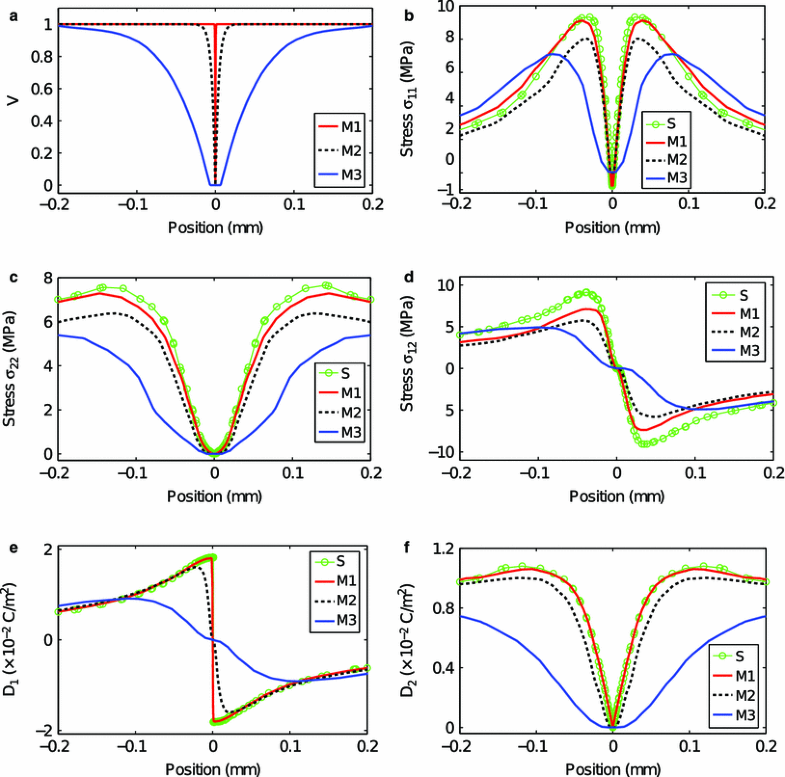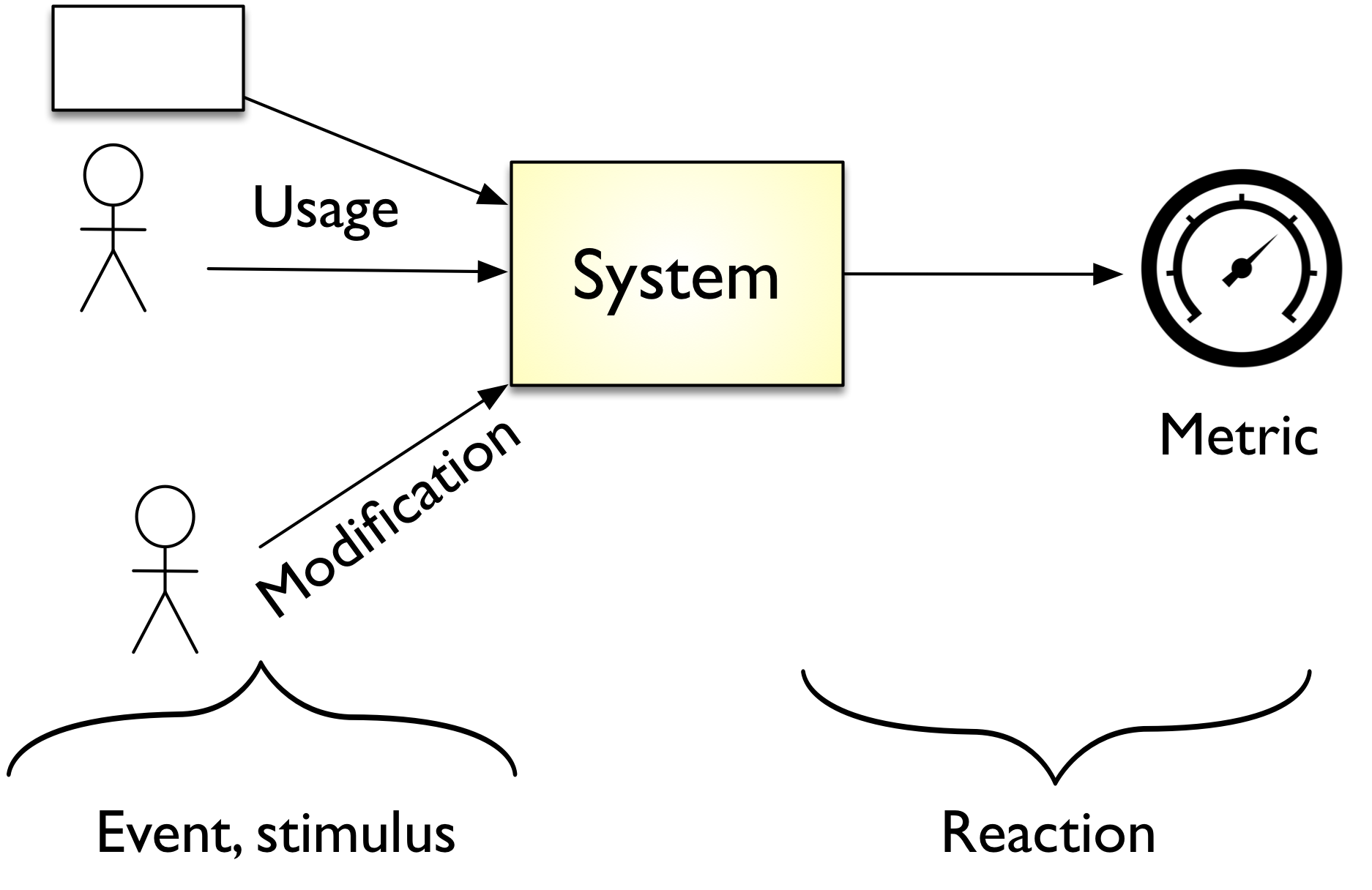


- #Qucs simulation sharp transitions trouble how to
- #Qucs simulation sharp transitions trouble professional
35Ĭontents Where Are Your Magnifying Glasses?. Working together to grow libraries in developing countries | | This page intentionally left blankįoreword. ISBN: 978-1-85617-762-7 British Library Cataloguing-in-Publication Data A catalogue record for this book is available from the British Library.įor information on all Newnes publications visit our Web site at Printed in the United States 09 10 11 12 13 10 9 8 7 6 5 4 3 2 1 Library of Congress Cataloging-in-Publication Data Application submitted. To the fullest extent of the law, neither the Publisher nor the authors, contributors, or editors, assume any liability for any injury and/or damage to persons or property as a matter of products liability, negligence or otherwise, or from any use or operation of any methods, products, instructions, or ideas contained in the material herein.
#Qucs simulation sharp transitions trouble professional
In using such information or methods they should be mindful of their own safety and the safety of others, including parties for whom they have a professional responsibility. Practitioners and researchers must always rely on their own experience and knowledge in evaluating and using any information, methods, compounds, or experiments described herein. As new research and experience broaden our understanding, changes in research methods, professional practices, or medical treatment may become necessary. Notices Knowledge and best practice in this field are constantly changing. Other materials in this book not referenced above are reprinted by permission from Circuit Cellar, Circuit Cellar, Inc.: “Impedance Matching Basics,” written exclusively for this publication, is based on the first section of CC#211 article “Antennas” and “The Fast Fourier Transform from A to Z,” written exclusively for this publication, is based on the first section of the CC#207 article “No fear with FIR.” Please visit for further information. Reproduction in any manner, in any language, in whole or in part without prior written permission from Circuit Cellar, Inc., is expressly prohibited: Microstrip techniques, reprint of CC#223 article, with supplements and correction “Time domain reflectometry,” reprint of CC#225 article, with corrections “Let‘s play with EMI,” reprint of CC#205 article, with supplements and corrections “Cable shielding experiments,” reprint of CC#219 article, with supplements and corrections “No fear with FIR: Put a Finite Impulse Response filter to work,” reprint of CC#207 article, with supplements, deletions, and corrections “Let‘s be crystal clear,” reprint of CC#215 article, with supplements and corrections “Are you locked? A PLL primer,” reprint of CC#209 article, with supplements and corrections “Direct digital synthesis 101,” reprint of CC#217 article, with supplements and correction “Open your eyes! A primer on high-speed signal transmission techniques,” reprint of CC#227 article, with supplements and corrections “Antenna basics,” reprint of CC#211 article, with supplements, deletions, and corrections “Low power techniques: Build better energy-saving systems,” reprint of CC#213 article, with supplements and corrections and “PID control without math,” reprint of CC#221 article, with minor supplements and corrections. Published from Circuit Cellar with the permission of Circuit Cellar, Inc., # 4 Park Street, Vernon, Connecticut 06066, USA. Articles reprinted as follows that are from Circuit Cellar (U.S.A.) are copyright by Circuit Cellar Inc. The Circuit Cellar logo is a registered trademark of Circuit Cellar Inc.
#Qucs simulation sharp transitions trouble how to
Details on how to seek permission, further information about the Publisher’s permissions policies and our arrangements with organizations such as the Copyright Clearance Center and the Copyright Licensing Agency, can be found at our website: This book and the individual contributions contained in it are protected under copyright by the Publisher (other than as may be noted herein). No part of this publication may be reproduced or transmitted in any form or by any means, electronic or mechanical, including photocopying, recording, or any information storage and retrieval system, without permission in writing from the publisher. Newnes is an imprint of Elsevier 30 Corporate Drive, Suite 400 Burlington, MA 01803, USA The Boulevard, Langford Lane Kidlington, Oxford, OX5 1GB, UK Copyright © 2010 Elsevier Inc. Robert Lacoste’s the Darker Side Practical Applications for Electronic Design Concepts


 0 kommentar(er)
0 kommentar(er)
